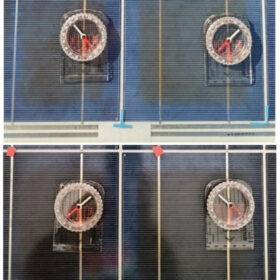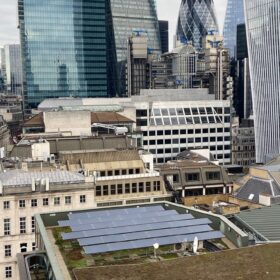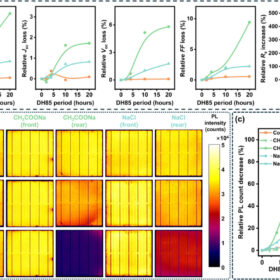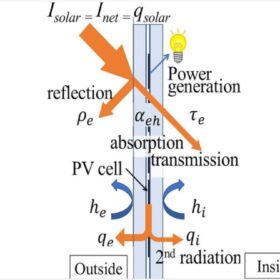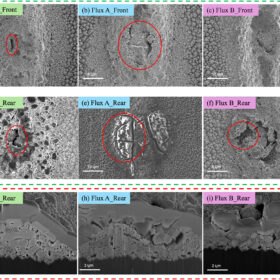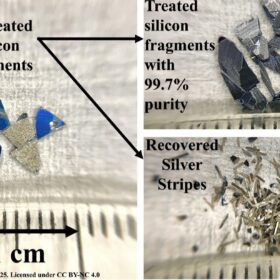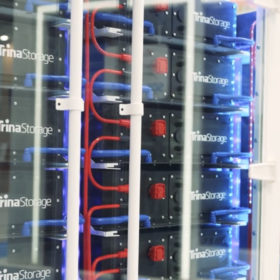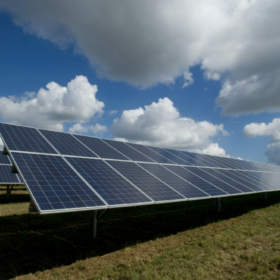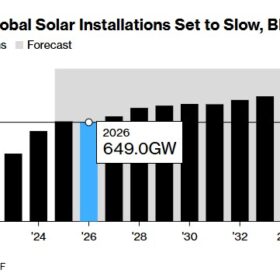NT solar centre data feeds ultra-short-term PV forecasting method
Scientists utilising data gathered at the Northern Territory’s Desert Knowledge Australia Solar Centre have created a novel probabilistic model for five-minutes ahead PV power forecasting. The method combines a convolutional neural network with bidirectional long short-term memory, attention mechanism, and natural gradient boosting.
How to identify interruption of ribbons in solar modules
An international group of scientists have investigated the total or partial interruptions of ribbons that connect solar cells in modules and have proposed a classification based on their type and location.
Rooftop solar could supply two-thirds of global power, study finds
Researchers have found that widespread deployment of rooftop solar could cover the vast majority of the world’s electricity consumption, while lowering global temperatures by up to 0.13 degrees Celsius.
Research shows degradation mechanisms in rear side of TOPCon solar cells
Researchers from UNSW and Longi have found that the silicon nitride layers used in TOPCon cell rear-side are particularly prone to chemical degradation from sodium contaminants. This can lead to significant open-circuit voltage losses and reduce cell efficiency.
Fraunhofer ISE research finds solar module output ‘often overstated’
A longitudinal research project from the Fraunhofer Institute for Solar Energy Systems ISE reveals that since 2017, the institute has measured less power on average in a solar module than promised by the manufacturer.
Water generates electrical charge 10 times stronger than expected
Electricity generated by water moving across a surface can be 10 times more powerful than previously thought, according to Australian researchers who say their finding could boost energy storage and charging rates and improve safety in fuel-holding systems.
Research homes in on heat gain to help BIPV prospects
To make it easier to adopt building integrated PV as a glazing material, a group within the IEA Photovoltaic Power Systems Program (IEA-PVPS) has tackled the solar heat gain coefficient calculation for BIPV. It is part of IEA PVPS Task 15 international standardisation efforts.
UNSW study shows heterojunction solar cell sensitivity to soldering flux
University of New South Wales researchers are part of an international team that has assessed the impact of soldering flux on heterojunction solar cells and has found that the composition of this component is key to prevent major cracks and significant peeling.
UNSW develops PV panel recycling method that recovers cell metals for upcycling
UNSW researchers were able to recover silicon from end-of-life solar PV panels pure enough for re-use in silicon carbide-based devices. Their novel multi-step method, that includes thermal and chemical processes, also recovers silver.
Trinasolar inks storage solutions AI research deal with Singapore university
Trinasolar has signed a technology research collaboration agreement with Nanyang Technological University in Singapore to develop artificial intelligence-driven tools to enhance diverse energy storage applications.

